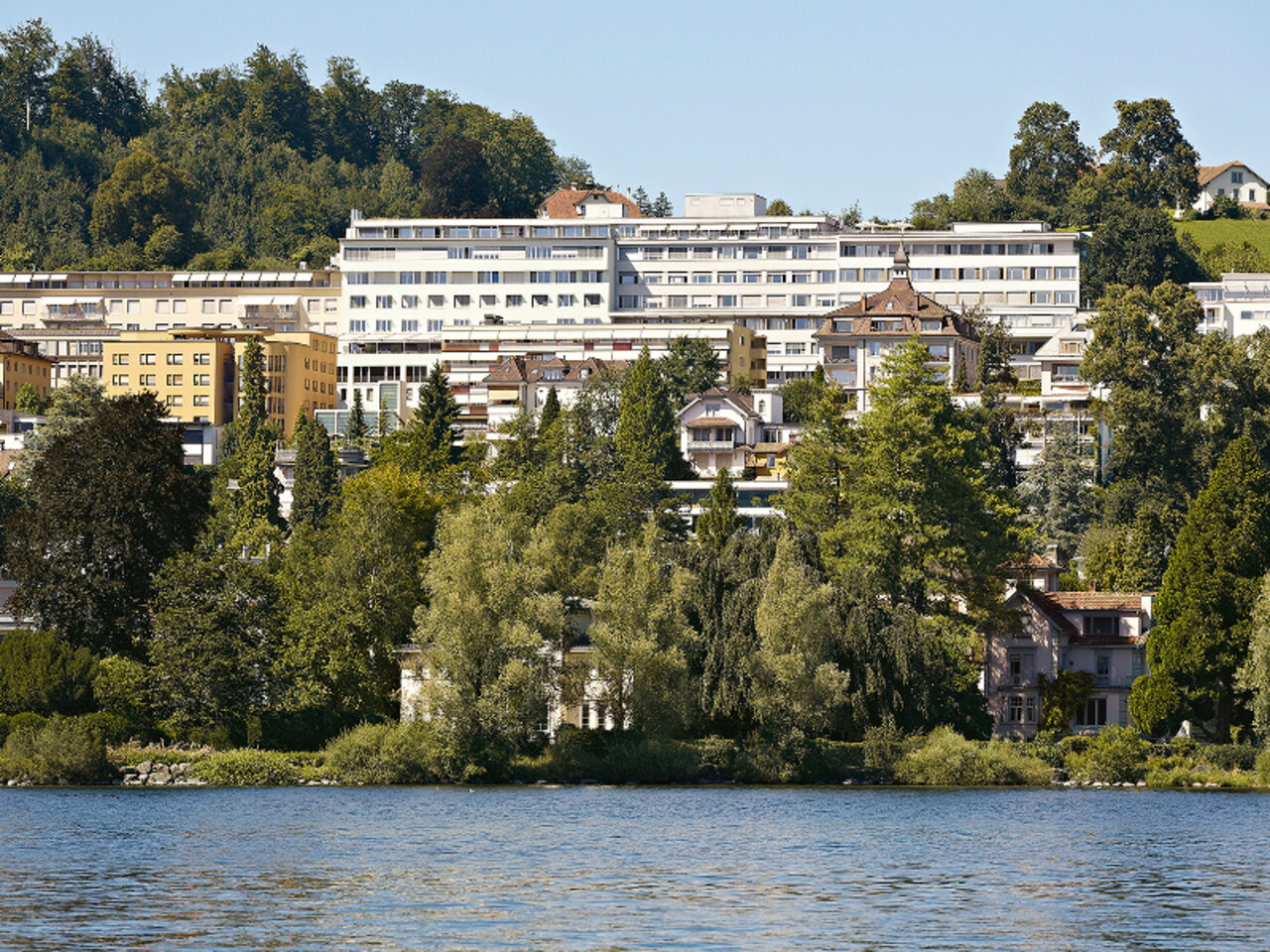Specialists in Prostate enlargement
4 Specialists found
Information About the Field of Prostate enlargement
Definition: What Is Prostate Hyperplasia?
Prostate hyperplasia (also: benign prostatic hyperplasia, BPH, prostate adenoma, benign prostatic syndrome, BPS) is a benign enlargement of the prostate gland. The enlarged prostate gland causes varying degrees of discomfort during urination. The first symptoms are a frequent urge to urinate, especially at night and a weakened urinary stream.
Around half of men over the age of 50 develop prostate enlargement. Since the disease symptoms can lead to severe losses in life quality and complications, early diagnosis, and treatment by a urologist is essential.
Causes: What Is the Prostate and What Causes Its Enlargement?
The prostate gland surrounds the male urethra and lies below the urinary bladder in the pelvic cavity. The typical size of the adult male prostate is comparable to a chestnut. The prostate is tightly enclosed by many nerve fibers that are important, among others, for erectile function and urinary continence. In the course of life, the prostate gland enlarges.
According to the current state of knowledge, the cause of prostatic hyperplasia is not clear; among other things, changes in male hormones with increasing age are suspected. The benign enlargement occurs mainly in the inner glandular part, i.e., at the point where the urethra passes through the prostate. Therefore, the urethra is compressed as the gland grows, and urine passing through it can only drain poorly.
Symptoms: How Is an Enlarged Prostate Noticed?
The symptoms not only depend on prostate size. Even relatively small prostatic hyperplasia can lead to severe limitations in everyday life.
The most common symptoms are briefly listed here:
- Weakened urinary stream
- Prolonged time to complete emptying of the bladder
- Post-bladder dribbling
- Residual urine (feeling that the bladder cannot be emptied completely)
- Pollakiuria (frequent urination)
- Imperative urge to urinate (feeling of pressure increases very quickly, the toilet must be visited immediately)
- Incontinence (uncontrolled loss of urine)
- Nocturia (nightly urination)
Possible complications are:
- Urinary retention (bladder can no longer be emptied completely, a bladder catheter must be placed for complete emptying)
- Urinary tract infections
- Bleeding
- Bladder stones
- Kidney damage
Diagnosis: How is Prostatic Hyperplasia Diagnosed?
Doctor-Patient Interview
The diagnosis of benign prostatic hyperplasia is initially made through a targeted patient interview (medical history). Questionnaires are used to objectify urination problems.
Digital Rectal Examination
The prostate is palpated rectally through the anus with a finger (DRU, digital rectal examination). Size, surface structure, painfulness, and movability can be examined.
Urine and Ultrasound Examination
Urine is tested for hidden inflammation and blood. The prostate and surrounding organs can be assessed very well with the help of ultrasound (sonography). In the prostate examination, ultrasound is carried out transrectally, which means from the rectum.
PSA Test
In addition, the urologist often carried out a blood test to determine the prostate-specific antigen (PSA), which has little significance in a single measurement but can provide indications of prostate carcinoma or progressive prostate enlargement (increase in the PSA value over time).
Uroflowmetry
Uroflowmetry can be used to measure the urine flow during urination in milliliters per second. Changes in the urine stream may indicate a narrowing of the urethra (due to scarring or prostatic hyperplasia) or the urinary bladder's nerve disorders.
Further Diagnostics
Patients can keep a micturition log, and urodynamics or cystoscopy can be carried out as further diagnostics.
Treatment: How Is Benign Prostate Enlargement Treated?
Depending on the symptoms, the individual level of suffering, and the complications resulting, various therapeutic approaches can be chosen. These include observational waiting, drug therapy, or surgical intervention.
Surgical reduction or excision of the prostate is a useful and essential therapeutic procedure, especially in high suffering, high residual urine volumes, bladder stones, or bleeding, and if there is no response to conservative treatments.
Various medications are available for conservative treatment, such as herbal remedies, alpha-blockers, 5-alpha-blockers, or anticholinergics.
There are a few different methods for invasive procedures.
- Open prostate surgery (rarely needed today, only necessary if the prostate gland is very large).
- Transurethral electro-resection (TUR-P, standard procedure for invasive treatment of BPH)
- Transurethral incision (TUI-P, only possible if the prostate gland is not too large, may require re-incision)
- Reducing laser procedures
- Transurethral needle ablation (TUNA)
- Transurethral microwave thermotherapy (TUMT)
- Stent placement (rather complicated, rarely necessary)
- Bladder catheter (emergency, temporary, or permanent)
- Prostate artery embolization (PAE)
Transurethral electro-resection of the prostate has been around for many decades to treat BPH. TUR-P stands for "transurethral resection of the prostate." In this procedure, an electrical, movable loop is inserted into the urethra, and the prostate tissue is "sliced off" from the inside.
Today, urologists have many different treatment options with which they can help you! Do not be shy and contact a specialist you trust promptly if you have prostate problems. You are not alone with your complaints, and you can be helped to a better life quality again.
Sources:
Patienteninformation des Arbeitskreises Benignes Prostatasyndrom der Deutschen Gesellschaft für Urologie e.V.




